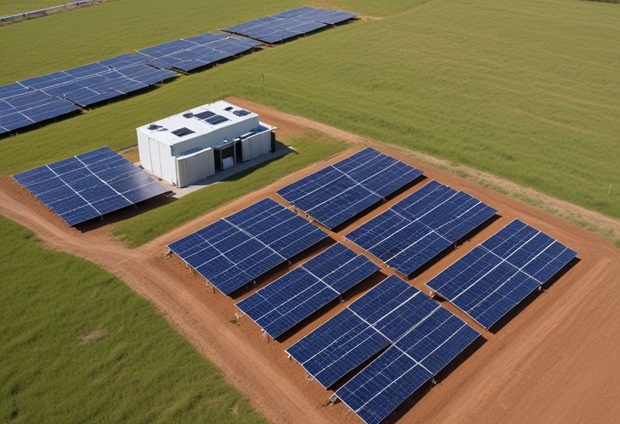China’s National Development and Reform Commission (NDRC) has announced a comprehensive three-year plan to upgrade the country’s power system, aiming to address the growing energy demands and integrate more renewable energy sources. The 2024-2027 plan is designed to help China reach its carbon peak before 2030 and enhance the national grid’s capacity and flexibility.
A key component of the plan is improving demand response, which encourages consumers to shift their electricity use away from peak times. This is crucial as recent record-breaking heat has stressed the power grids, particularly in eastern China. The plan targets achieving a 5% demand response capacity relative to the maximum electric load and aims for 10% in some areas, though specific locations were not detailed.
The plan emphasizes the need for a more adaptable power grid to support the transition to renewable energy sources, according to energy transition analyst Xuewan Chen. However, it does not address needed reforms in the power market, which are essential for better resource allocation and creating a competitive market environment. Currently, energy transactions are governed by medium- and long-term contracts.
In addition to improving grid flexibility, the plan includes boosting the use of renewable power in long-distance transmission projects, developing standards for next-generation coal-fired power, and enhancing electric vehicle (EV) charging infrastructure. It also proposes piloting new grid scheduling plans in regions with high EV charging demand and better utilizing energy storage at renewable power plants.

